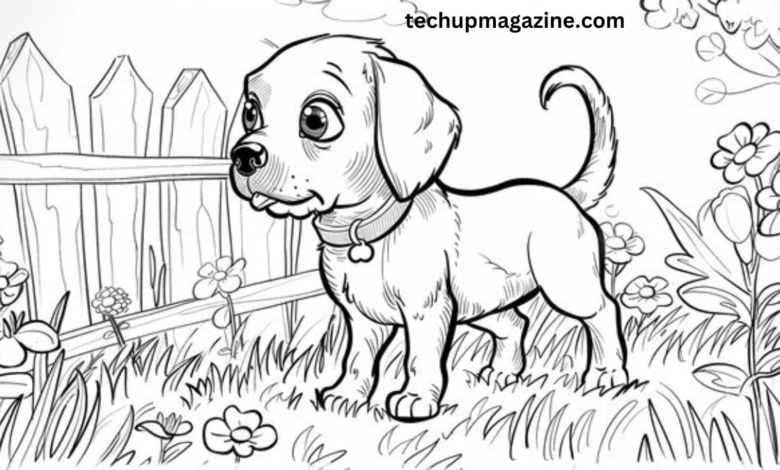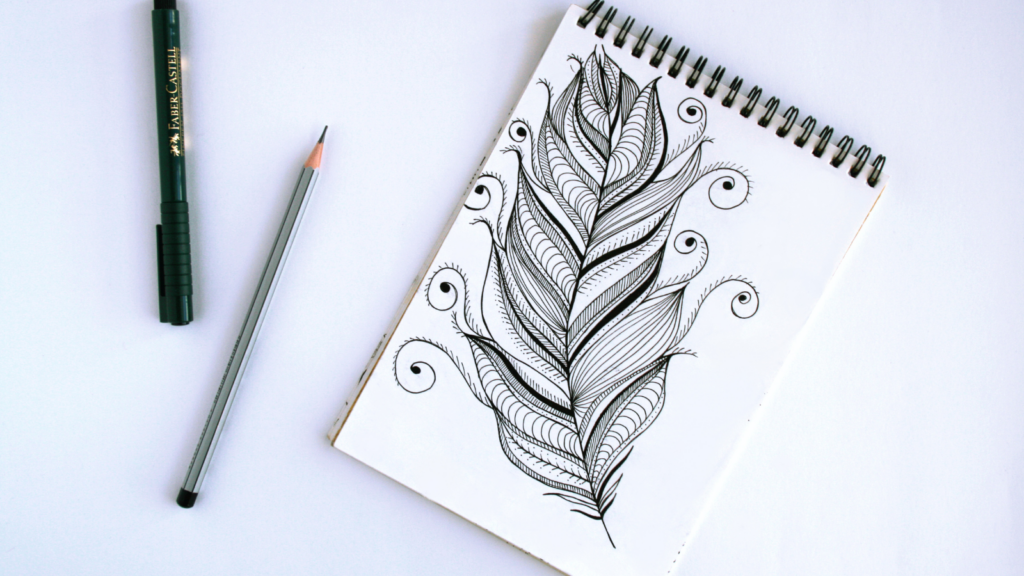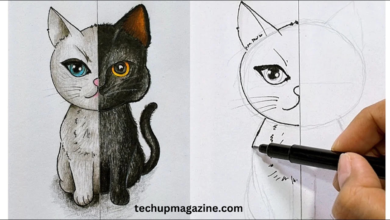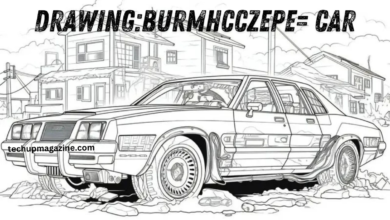Mastering the Essence of Drawing: Unleashing the Power of Art with drawing:v04hso9zvvq= art

Introduction: The Timeless Allure of drawing:v04hso9zvvq= art
drawing:v04hso9zvvq= art has been one of the most fundamental forms of expression for humanity since the dawn of civilization. Whether you think of ancient cave art or modern sketches, the essence of drawing lies in its ability to convey emotions, ideas, and stories without the need for words. The keyword “drawing:v04hso9zvvq= art
= art” might sound like a cryptic phrase, but at its core, it embodies the fusion of creativity and technology in today’s artistic realm drawing:v04hso9zvvq= art.
This guide is meant to dive into the intricacies of drawing, from traditional forms to the digital evolution that is redefining the landscape of visual art today. Whether you’re a seasoned artist looking for fresh insights or a curious beginner eager to pick up a pencil (or a stylus), you’ll find plenty to explore here drawing:v04hso9zvvq= art.
The Art of Drawing: More Than Just Lines

drawing:v04hso9zvvq= art, at its heart, is much more than just the act of putting pencil to paper. It’s about understanding shapes, light, shadows, and emotion. To a novice, a drawing might look like a collection of lines and curves, but to the experienced artist, every stroke tells a story. From basic sketches to complex renderings, each piece of art is a journey into the mind of the creator drawing:v04hso9zvvq= art.
When you sit down to draw, what you’re truly doing is translating thoughts, ideas, or observations into a visual medium. You’re taking a moment from reality, or perhaps imagination, and making it tangible for others to see. For many artists, this process is deeply personal, allowing them to communicate in ways that words might fail drawing:v04hso9zvvq= art.
Drawing doesn’t necessarily require fancy tools or materials; a simple pencil and sheet of paper can yield masterpieces. What matters more is the intention and technique behind each mark. As we delve deeper into the world of drawing, it’s crucial to remember that this form of art has endless possibilities. You can sketch a flower or create an entire imaginary world—each approach holds its value in the vast universe of “drawing:v04hso9zvvq= art
= art.”
The Evolution of drawing:v04hso9zvvq= art: From Cave Paintings to Digital Art
The history of drawing stretches back thousands of years. The earliest drawings discovered were etched into the walls of caves by prehistoric humans. These rudimentary drawings, often of animals or hunting scenes, provided insight into the lives and environments of those who created them. As time passed, drawing became more sophisticated, evolving from these early depictions into the more detailed and artistic forms seen in ancient civilizations like Egypt, Greece, and Rome drawing:v04hso9zvvq= art.
During the Renaissance, drawing experienced another leap in its evolution, as it became the foundation for some of the greatest works of art in history. Artists like Leonardo da Vinci and Michelangelo used drawing as a way to explore anatomy, study movement, and develop ideas for their grand paintings and sculptures drawing:v04hso9zvvq= art.
Fast forward to today, and drawing has embraced the digital age. With the advent of tablets and software, artists now have access to a vast array of tools and brushes that go beyond the traditional pencil and paper. Digital drawing programs like Adobe Illustrator or Procreate allow for a level of precision and flexibility that was unimaginable a few decades ago. Despite the technological advancements, the fundamental principles of drawing remain the same—it’s still about creating forms, telling stories, and evoking emotion drawing:v04hso9zvvq= art.
Traditional drawing:v04hso9zvvq= art Techniques: Pencils, Charcoal, and Ink
Though the digital age has brought new tools and possibilities, many artists still gravitate toward traditional drawing techniques. There’s something incredibly satisfying about the tactile nature of working with physical materials like pencils, charcoal, and ink. These mediums each offer their unique textures and properties, allowing artists to experiment with lines, shading, and contrast drawing:v04hso9zvvq= art.
Pencil Drawing: The humble pencil is often the first tool that comes to mind when thinking about drawing. It’s versatile, easily erasable, and capable of creating everything from soft, delicate lines to bold, dramatic strokes. Pencil drawing is an ideal starting point for beginners, as it allows for flexibility and experimentation without the commitment of permanent marks drawing:v04hso9zvvq= art.
Charcoal Drawing: Charcoal, on the other hand, offers a bolder, more expressive approach. Its deep, rich blacks and ability to create intense contrast make it perfect for capturing dramatic light and shadow. Charcoal is messier and less precise than pencil, but this very quality gives it a unique, raw energy that many artists love drawing:v04hso9zvvq= art.
Ink Drawing: For those seeking precision and control, ink drawing is the way to go. Using ink requires a steady hand and a clear vision, as it’s much less forgiving than a pencil or charcoal. However, the crisp, clean lines and bold effects that ink can produce are well worth the effort. Whether using a fine-tipped pen or a brush loaded with ink, this medium is ideal for artists who want to create detailed, refined drawing:v04hso9zvvq= art.
The Role of Perspective and Proportion in Drawing
One of the most critical aspects of drawing is mastering perspective and proportion. These elements help create depth, realism, and balance in a piece, giving it a more lifelike appearance. Without a solid grasp of perspective and proportion, even the most detailed drawing can look flat or skewed drawing:v04hso9zvvq= art.
Perspective: In the drawing, perspective is used to create the illusion of three-dimensional space on a two-dimensional surface. By understanding how objects relate to each other in space, artists can draw scenes that feel immersive and believable. Linear perspective, which involves vanishing points and converging lines, is a common technique used to depict buildings, roads, and other objects that recede into the distance.
Proportion: Proportion refers to the relative size and scale of objects in a drawing. Getting the proportions right is especially important when drawing human figures or animals. A slight miscalculation can result in a drawing that looks “off” or unnatural. Fortunately, there are techniques and guidelines, like using grids or reference points, that can help artists ensure accuracy.
Both perspective and proportion take practice to master, but once you’ve got them down, they can elevate your drawings to a new level of realism and depth.
The Importance of Light and Shadow in Drawing
Light and shadow play a pivotal role in bringing a drawing to life. These elements help create the illusion of form, texture, and depth, giving a flat image a sense of volume and space. Understanding how light interacts with objects—and how to translate that into drawing—is essential for any artist aiming to create realistic or dynamic works.
Light Sources: The first step in incorporating light and shadow into a drawing is identifying the light source. Whether the light is coming from the sun, a lamp, or another object, it will determine where the highlights and shadows fall on your subject. This, in turn, affects how you depict its shape and texture.
Shading Techniques: There are several different techniques artists use to render light and shadow in a drawing. Cross-hatching, stippling, and blending are just a few of the methods available to create smooth transitions between light and dark areas. Experimenting with these techniques allows artists to achieve a wide range of effects, from soft gradients to sharp contrasts.
When done well, shading can transform a simple outline into a fully realized, three-dimensional form. Mastering the interplay of light and shadow is key to creating drawings that have depth, mood, and realism.
Drawing Styles: Realism, Abstract, and Everything in Between
Drawing comes in many different styles, each with its unique characteristics and appeal. Some artists prefer to focus on capturing the world as it is, while others are more interested in exploring abstract ideas or pushing the boundaries of traditional representation.
Realism: As the name suggests, realism aims to depict subjects as accurately as possible. This style of drawing requires a keen eye for detail and a deep understanding of perspective, proportion, and shading. Artists working in this style strive to create lifelike images that closely resemble their references, whether they’re drawing people, animals, landscapes, or objects.
Abstract Drawing: On the opposite end of the spectrum is abstract drawing, which emphasizes creativity and imagination over realism. Abstract artists may play with shapes, colors, and forms to create drawings that don’t necessarily resemble anything in the real world. Instead, they focus on conveying emotions, ideas, or concepts through their work. This style allows for a great deal of freedom and experimentation, making it a favorite among artists who want to break away from traditional constraints.
Other Styles: Between realism and abstract drawing lie countless other styles, including cartooning, surrealism, and impressionism. Each style offers its approach to depicting the world, and many artists enjoy blending different styles to create something unique. The beauty of drawing is that there’s no right or wrong way to do it—each artist can develop their style that reflects their personality and vision.
Digital Drawing: The Future of Art
The rise of digital technology has had a profound impact on the world of drawing. With powerful software and hardware tools at their disposal, artists can now create stunning digital drawings that rival traditional works in detail and complexity. Digital drawing has opened up new possibilities for creativity, allowing artists to experiment with different styles, techniques, and mediums all within the same piece.
The Benefits of Digital Drawing: One of the biggest advantages of digital drawing is the ability to make unlimited edits and revisions without damaging the original work. Unlike traditional drawing, where mistakes can be difficult or impossible to fix, digital drawing allows for endless experimentation and refinement. Artists can easily change colors, adjust proportions, or add new elements with just a few clicks.




